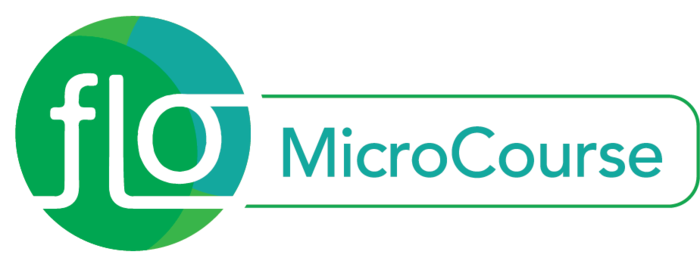Reverse Outlining -- an alternative way to self check
Section outline
-

-
Facilitators: Sue Hellman and Sylvia Currie
Course written and designed by Sue Hellman
 Writing a teaching philosophy statement is a complex task. The volume of 'how to' articles and samples available online can be overwhelming. In this course, you'll find a shortlist of resources organized into a process designed to move you from the initial step of collecting your thoughts to composing a first draft (at least) and receiving peer feedback. You can follow along sequentially or cherry pick topics and activities that best fit your needs.
Writing a teaching philosophy statement is a complex task. The volume of 'how to' articles and samples available online can be overwhelming. In this course, you'll find a shortlist of resources organized into a process designed to move you from the initial step of collecting your thoughts to composing a first draft (at least) and receiving peer feedback. You can follow along sequentially or cherry pick topics and activities that best fit your needs. THANKS to those of you who have already completed the short survey. If you haven't already done so, it's not too late. No names will be made public.
"Often we think an idea is stated or implied in our writing, but that idea is not conveyed to the reader." Vanderbilt U. recommends 'reverse outlining' as a way to "see what you said. This technique, which seems to have originated at Duke U. , provides a way to look more objectively at the first draft.
"Whereas a
regular outline is a tool to help organize your thoughts before you begin to compose, a reverse outline is a
way of revealing how you organized your thoughts while you wrote. If you are concerned that your paper
might not be saying what you think it is saying, that your main ideas aren’t really coming across, or that
your paper might seem scattered or incoherent, a reverse outline is a great way to begin the revision
process. ... Through this process, you can identify
problems with your claims, the structure of your paper, and the organization of your paragraphs" (Duke U. guidelines).
Step by step with examples
- Monmouth U. Writing Center https://www.monmouth.edu/uploadedFiles/Campus_Life/Writing_Center/ReverseOutlining.pdf
- Miami U. https://miamioh.edu/hcwe/handouts/reverse-outlining/index.html